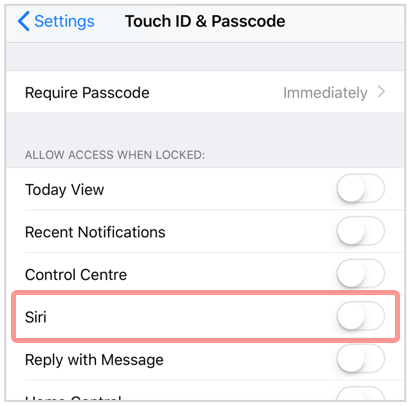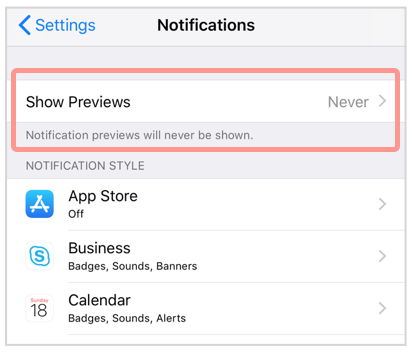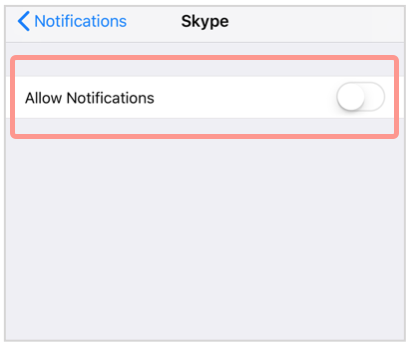Hunting Cybercriminals with AWS Honey Tokens
BLACK HAT ASIA – Singapore – Security analysts here today demonstrated how to detect security breaches by using Amazon Web Services (AWS) keys as honey tokens to lure cybercriminals.
A honey form is any form of credential or resource that you can use for monitoring and logging on, but doesn’t exist anywhere in practical terms, explained Daniel Grzelak, head of security at Atlassian. It can be anything: an email address that doesn’t belong to anyone and is generally available, a DNS name no one should ever resolve, a URL that nobody ever visits.
In their presentation, Grzelak and Dan Bourke, senior security analyst at Atlassian, showed how AWS keys can be configured as honey tokens at scale. These tokens can be placed anywhere across your environment or the supply chain and when threat actors find them, they’ll try to use them. As a result, you’ll know when and where a security breach occurs.
These keys are valuable to attackers and interesting for a few reasons, Grzelak said. Hackers who find AWS keys know they could use them to control someone’s infrastructure. “Whenever some account gets compromised, one of the first things attackers do is look for another credential that lets them get into something more,” he continued.
AWS provides complex, full-featured policy access management infrastructure, and keys to this infrastructure are placed everywhere. They’re frequently found in GitHub repositories but also in .txt files, on the desktop, etc.
An AWS access key is like a scratch-off lottery ticket. If the attacker wins, they gain control over someone’s infrastructure. If they lose, the key is simply an information disclosure vector that gives them more chances to win. However, they have to test it first.
“If an attacker finds an access key, there’s no other way to find if it’s useful other than to use the access key,” Grzelak said. “One important property is, while access keys might be the keys to the kingdom, they don’t have to be.”
These keys could potentially grant hackers a lot of power or grant them nothing. They could also help businesses detect breaches in their networks. The logging capability in AWS means denial actions are logged and businesses can use them. If AWS keys are configured as honey tokens, a security team can know when, exactly, someone tried to use a specific token to log in.
If you want to generate a single access token, you can do so on Thinkst and put the token on your desktop. However, Grzelak and Bourke wanted to create tokens at scale to determine the implications if a business could place thousands of honey tokens across an enterprise.
Project Spacecrab
To generate this many tokens, the researchers built Project Spacecrab, which let users create, annotate, and alert on AWS keys, which don’t provide access to anything, at mass scale. All keys get the deny-all policy so if anyone tried to use them, their actions are loaded into an S3 bucket.
Since AWS has a per-account user limit of 5,000 users and each can have two tokens, there is a limit of 10,000 tokens per account. However, as the researchers pointed out, that would be plenty to cover microservices for cloud services, or the number of desktops in an enterprise.
A few interesting lessons came from this experiment. The first: AWS closely monitors public Github repositories and will open support cases when public keys are put into a public GitHub repository. The second: Posting hundreds of keys to the Internet violates the AWS terms of use.
Project Spacecrab also showed that when someone posts their credentials to a public repository on GitHub, there’s an 83% chance someone will use them. The average time to exploit after posting is almost exactly 30 minutes, the researchers pointed out.
Pastebin, in contrast, has a completely different exploitation profile. Only 9% of tokens posted on Pastebin were exploited, compared with more than 80% on GitHub.
Related Content:
- 5 Ways to Get Ready for Public Cloud Deployment
- SOC in Translation: 4 Common Phrases Why They Raise Flags
- Online Sandboxing: A Stash for Exfiltrated Data?
- AMD Processor Flaws Real, But Limited

Join Dark Reading LIVE for two cybersecurity summits at Interop ITX. Learn from the industry’s most knowledgeable IT security experts. Check out the security track here.
Kelly Sheridan is the Staff Editor at Dark Reading, where she focuses on cybersecurity news and analysis. She is a business technology journalist who previously reported for InformationWeek, where she covered Microsoft, and Insurance Technology, where she covered financial … View Full Bio
Article source: https://www.darkreading.com/cloud/hunting-cybercriminals-with-aws-honey-tokens/d/d-id/1331342?_mc=rss_x_drr_edt_aud_dr_x_x-rss-simple








